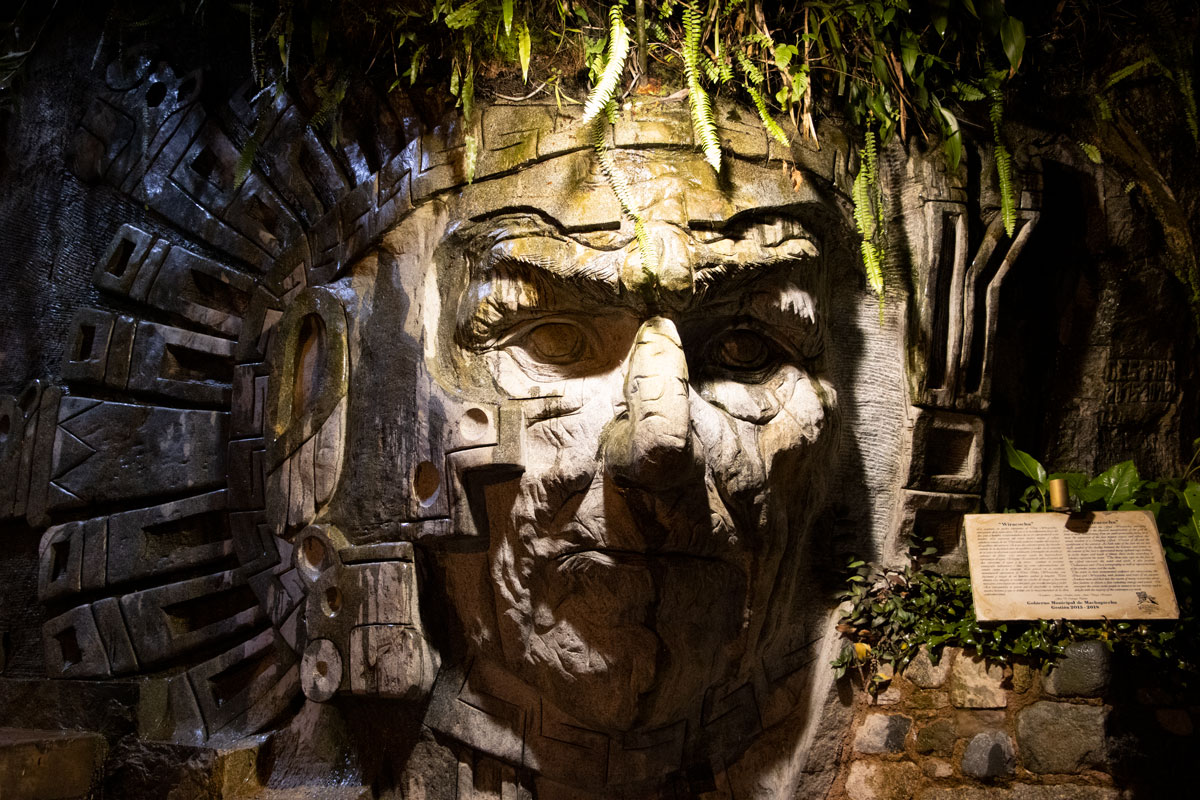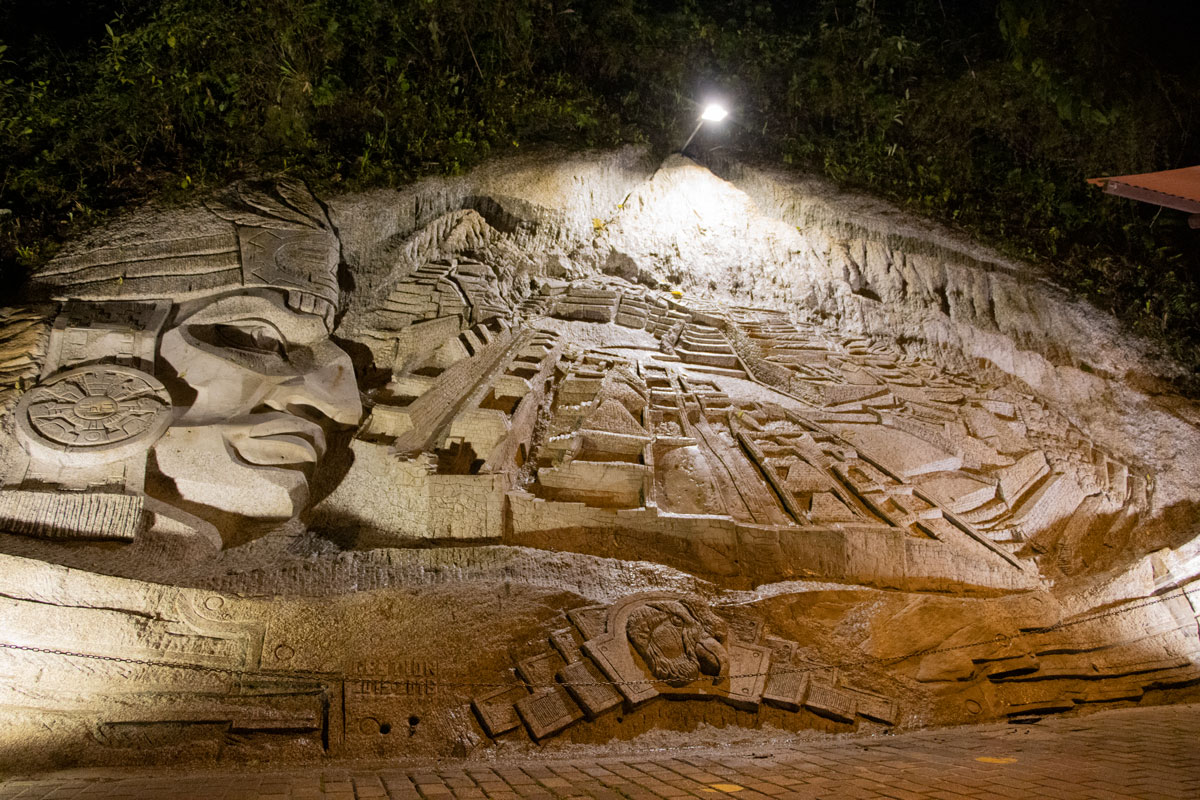
When was Machu Picchu built? This question continues to fascinate archaeologists, historians, and researchers around the world. For centuries, Machu Picchu has been an enigmatic and mysterious place-not only because of its striking construction, but also because of its remote and strategic location high in the Andes. Its unique design and location raise the question: How did the Incas build such an extraordinary site in such a challenging environment?
Determining exactly when Machu Picchu was built - and who commissioned its construction - has long been a complex puzzle.
Traditionally, scholars have attributed the construction of Machu Picchu to Pachacutec Inca Yupanqui, the ninth ruler of the Inca Empire. Known simply as Pachacútec, he was a brilliant military strategist and visionary leader who greatly expanded Inca territory and established the vast empire known as Tawantinsuyu. His reign not only solidified Cusco as the imperial capital, but also extended Inca influence deep into the cloud forests - where Machu Picchu now rests.
 |
When Was Machu Picchu Built? |
With the arrival of the Spanish conquistadors in the 16th century, Machu Picchu was mysteriously abandoned by its inhabitants. For centuries it remained hidden and untouched in the mountains, unknown to the outside world. The reasons for its abandonment are still debated: Was it disease? A strategic retreat? Or perhaps a change in political or religious importance?
According to a 2021 study using advanced radiocarbon dating (ARC) on human remains found at the site, researchers now believe that Machu Picchu was built as early as 1420 AD - at least 30 years earlier than previously thought. This revised timeline challenges the traditional chronology of the Inca Empire and suggests that Pachacútec may have begun his monumental building projects earlier in his reign than once thought.
Furthermore, these findings suggest that the Inca Empire itself may have originated earlier, and that some of its rulers could have held power for longer durations than the historical records indicate. This discovery invites a reevaluation of Inca history and underscores how much remains to be learned about this remarkable civilization.
 |
Machu Picchu was built |
Machu Picchu continues to captivate the imagination—not only as an architectural marvel but also as a symbol of a powerful empire whose secrets are still gradually being uncovered.
Furthermore, these findings suggest that the Inca Empire itself may have originated earlier, and that some of its rulers may have held power for longer periods than the historical record suggests. This discovery invites a reevaluation of Inca history and underscores how much remains to be learned about this remarkable civilization.
Machu Picchu continues to captivate the imagination-not only as an architectural marvel, but also as a symbol of a powerful empire whose secrets are still gradually being uncovered.
A group of researchers from various American universities has carried out a study of the human remains found in Machu Picchu, the famous Inca citadel. The results reveal that the site is at least thirty years older than previously thought, a small but notable difference since it calls into question the accepted chronology for the development and expansion of the Inca empire.
The dating has been carried out using accelerator mass spectrometry, a very precise technology that had not yet been used in Machu Picchu. The results indicate that the citadel was in use at least as early as 1420, although it is unknown whether the human remains analyzed belonged to a settler or a builder. This contradicts the chronology according to which Machu Picchu was built around 1450 at the request of the Inca Pachacútec after his conquest of the Urubamba Valley. The analysis of the remains found determine a permanent occupation of the citadel from 1420 to 1530, the estimated date when the civil war for the throne began that would end with the fall of the Inca empire.
"Until now, estimates of the age of Machu Picchu and the duration of its occupation were based on contradictory historical accounts written by the Spanish in the period after the Spanish conquest," says Richard L. Burger, lead author of the research. "This is the first study based on scientific evidence that provides an estimate of the founding of Machu Picchu and the duration of its occupation, giving us a clearer picture of the origins and history of the site."
The results have several possible interpretations, but all imply some error in the history of the Inca empire that was believed to be correct. The most plausible would be that Pachacútec came to the throne before the estimated date - 1438 - and also began his conquests years earlier than previously thought; consequently, the Inca empire would also be older, since its foundation - previously one of many Andean kingdoms - is made to coincide with the reign of Pachacútec. This theory is reinforced by the analysis of the pottery found at Machu Picchu, which does not include any objects of pre-imperial style; that is, there is no evidence that the citadel was built before the Inca conquest.
For now, therefore, it must be assumed that the error lies in the date of Pachacútec's reign indicated in the chronicles of the Spanish conquistadors. This would imply not only that the Inca empire was at least thirty years longer than previously thought, but that some of its rulers had longer reigns or even that there may have been emperors unknown to us.
Expansion of the empire – Machu Picchu was built by order of the Inca emperor Pachacutec around 1450. This period coincides with a period of great development and expansion. The Incas extended their boundaries, which brought the need to create checkpoints that symbolize their power. Thus, Machu Picchu represented a checkpoint in the jungle territories recently conquered by the empire.
Geological fault – Recent research in Machu Picchu indicates that the Inca city was built on a geological fault, which caused the proliferation of granite stone banks, ideal for construction. Because of this, the Incas built the walls in an anti-seismic position, which has managed to keep the site without major damage.
Stone bank – The stone banks generated by the geological fault on which Machu Picchu is located were used for the construction of the Inca city. In this way, the Incas did not have to transport huge blocks of stone over long distances. Stone was so abundant in the area that even today these rocks can be seen near the urban area of ??the citadel.
Labor – Large constructions such as Machu Picchu also served as part of the Inca acculturation policy developed during the empire's heyday. Thus, the labor force that built the citadel came from different territories of the empire. The newly conquered peoples thus submitted to the new power. Evidence indicates that labor from the 'Chachapoyas', 'Cañarís' and other cultures was used in Machu Picchu.